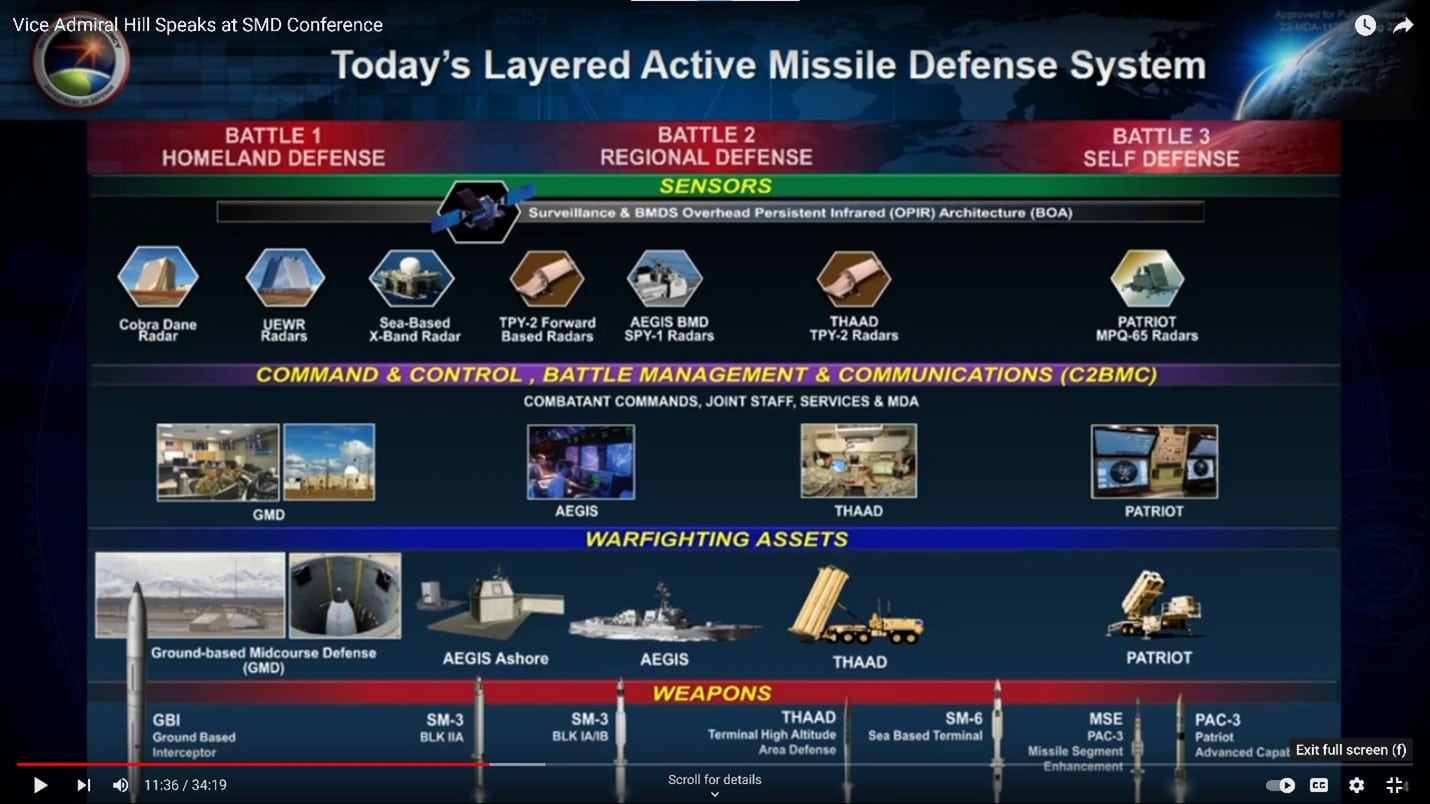Trump's End-of-Term Goal: A Nationwide Missile Defense System

Table of Contents
The Feasibility of a Nationwide Missile Defense System
Creating a truly effective nationwide missile defense system presents formidable technological and geographical challenges. The question of whether such a system is even realistically achievable remains a subject of intense discussion.
Technological Challenges
- Interceptor Limitations: Current interceptor technologies, while advanced, have limitations in their speed, range, and ability to discriminate between warheads and decoys. Modern missiles employ sophisticated countermeasures, making interception significantly more difficult.
- Distinguishing Warheads from Decoys: Advanced missiles often utilize multiple decoys to overwhelm defense systems, making it challenging to target the actual warheads accurately. This requires extremely sophisticated discrimination technology, which is still under development.
- Speed and Trajectory: The speed and unpredictable trajectories of modern ballistic missiles pose significant challenges for interception. The reaction time required for successful interception is extremely short, demanding exceptional technological precision.
- Existing System Limitations: Systems like THAAD (Terminal High Altitude Area Defense) and the Aegis Ballistic Missile Defense System offer some protection, but their capabilities are limited and they don't provide complete nationwide coverage. Expanding these systems to achieve nationwide defense presents substantial technological hurdles.
Geographic Considerations
- Vast Geographical Area: The sheer size of the continental United States poses a significant challenge for deploying and maintaining a nationwide network of missile defense systems. Coverage across such a vast and diverse landscape requires a massive infrastructure investment.
- Diverse Landscapes: The varied topography of the US, from mountains and deserts to coastal plains, impacts the optimal placement and effectiveness of missile defense installations. Each location presents unique challenges related to terrain, climate, and accessibility.
- Communication and Coordination: A nationwide system necessitates seamless communication and coordination between various sites across the country. Real-time data sharing and command-and-control capabilities are crucial for effective defense, demanding a robust and reliable network infrastructure.
The Financial Implications of Trump's Missile Defense Plan
The financial burden of implementing Trump's nationwide missile defense system would be substantial, raising concerns about budgetary constraints and economic impacts.
Estimated Costs and Budgetary Constraints
- Potential Cost Estimates: While precise cost estimates remain elusive, experts suggest the project would cost hundreds of billions, potentially even trillions, of dollars. This would represent a significant investment, requiring sustained funding over several decades.
- Competition for Resources: Such a large-scale project would compete for resources with other critical national priorities, such as healthcare, education, and infrastructure development. The opportunity costs associated with diverting funds to this endeavor need careful consideration.
- Strain on National Budget: The considerable financial burden could strain the national budget, potentially leading to cuts in other vital defense programs or a significant increase in the national debt. This would have far-reaching economic and social consequences.
Economic Impacts
- Economic Benefits: The project could generate some economic benefits, including job creation in the defense industry and advancements in related technologies. However, these benefits need to be weighed against the overall costs.
- Opportunity Costs: Investing trillions of dollars in a missile defense system means forgoing other potentially beneficial investments in areas like renewable energy, infrastructure, or healthcare.
- International Ramifications: The economic burden and potential international reaction could have significant impacts on trade relations and global economic stability.
The Political Landscape Surrounding the Proposal
Trump's nationwide missile defense proposal was met with mixed reactions, both domestically and internationally, creating a complex political landscape.
Domestic Political Reactions
- Political Support and Opposition: The proposal garnered support from some Republicans, who viewed it as crucial for national security, while Democrats expressed skepticism, questioning its feasibility and cost-effectiveness. The issue became deeply politicized, reflecting broader ideological divides.
- Arguments For and Against: Supporters highlighted the potential protection against ballistic missile attacks, while opponents cited the high cost, technological uncertainties, and the risk of an arms race.
- Impact on Elections and Alliances: The proposal influenced political discourse, shaping debates on national security and influencing election outcomes. It also impacted alliances within the US government and with international partners.
International Relations and Global Implications
- Reactions from Other Nations: Many countries expressed concerns about the potential for an arms race, increased global instability, and the undermining of existing arms control treaties.
- Impact on Arms Races: The proposal could trigger a new arms race, as other nations seek to develop more advanced offensive weapons to counteract the US defense system.
- Escalating Tensions: The perception of a unilateral US defense buildup could heighten tensions with rival nations, increasing the risk of miscalculation and conflict.
Assessing Trump's Nationwide Missile Defense System
Trump's proposed nationwide missile defense system presented a complex challenge, raising crucial questions about its feasibility, cost-effectiveness, and geopolitical consequences. The technological hurdles, significant financial implications, and potential for international backlash presented serious drawbacks. While proponents highlighted the enhanced security, opponents argued that the project was unrealistic, prohibitively expensive, and potentially destabilizing.
What are your thoughts on the feasibility and implications of Trump's ambitious nationwide missile defense system? We encourage you to explore credible sources of information and engage in informed discussions to better understand this complex and vital topic.

Featured Posts
-
 Hotel Fire Tweet Leads To Jail Time For Tory Councillors Wife Appeal Awaits
May 22, 2025
Hotel Fire Tweet Leads To Jail Time For Tory Councillors Wife Appeal Awaits
May 22, 2025 -
 Pivdenniy Mist Analiz Remontu Pidryadnikiv Ta Zatrat
May 22, 2025
Pivdenniy Mist Analiz Remontu Pidryadnikiv Ta Zatrat
May 22, 2025 -
 Real Madrid In Yeni Teknik Direktoerue Icin Listede Kimler Var
May 22, 2025
Real Madrid In Yeni Teknik Direktoerue Icin Listede Kimler Var
May 22, 2025 -
 Kartels Security Measures Police Source Highlights Safety Reasons Trinidad And Tobago Newsday
May 22, 2025
Kartels Security Measures Police Source Highlights Safety Reasons Trinidad And Tobago Newsday
May 22, 2025 -
 Understanding The Controversy Surrounding Thames Waters Executive Bonuses
May 22, 2025
Understanding The Controversy Surrounding Thames Waters Executive Bonuses
May 22, 2025
